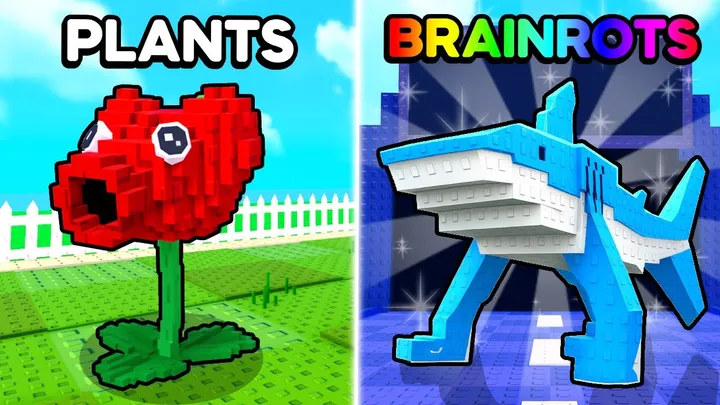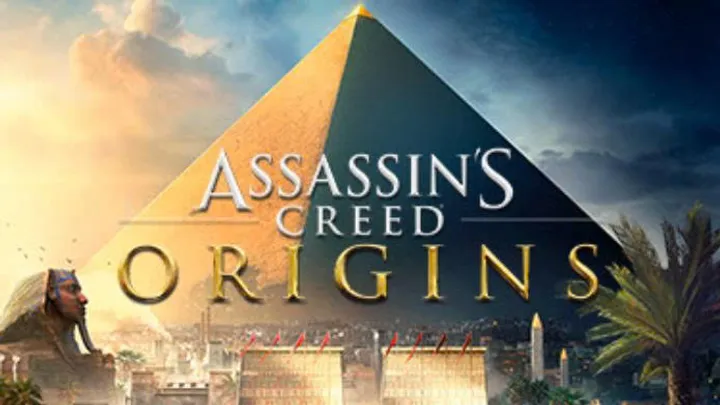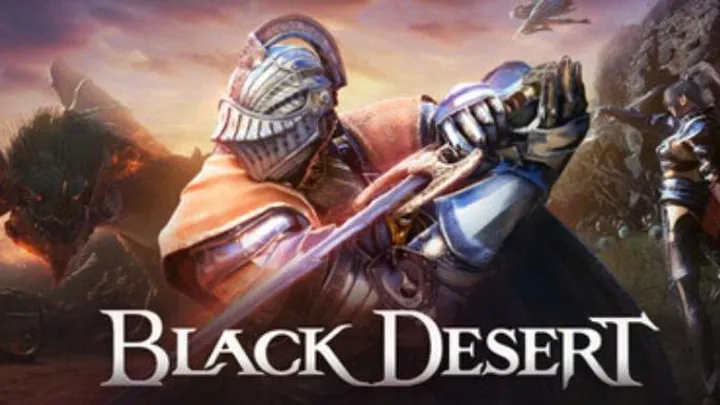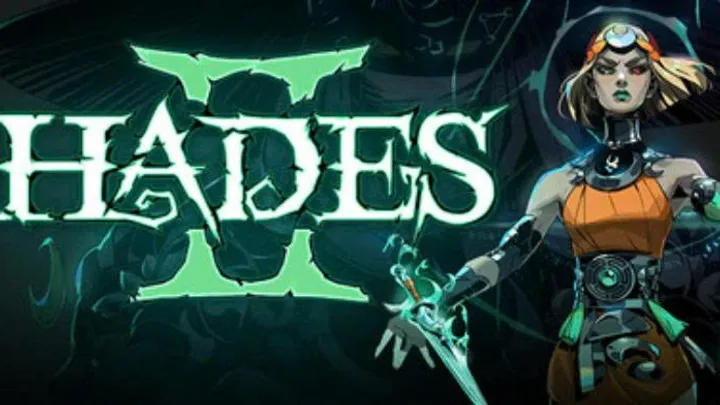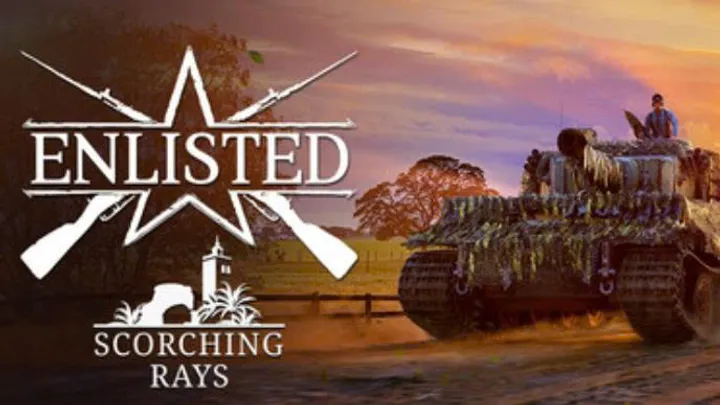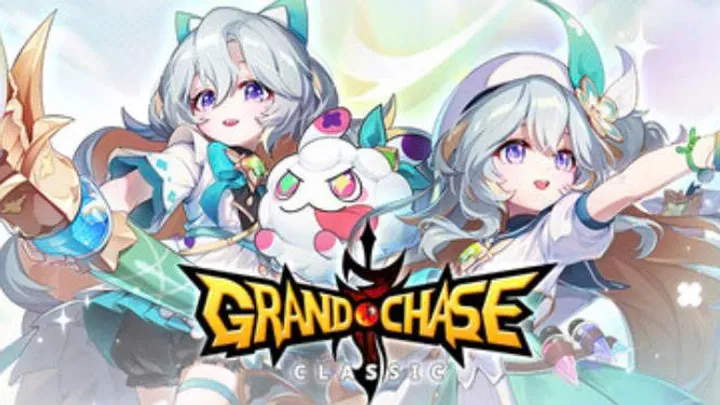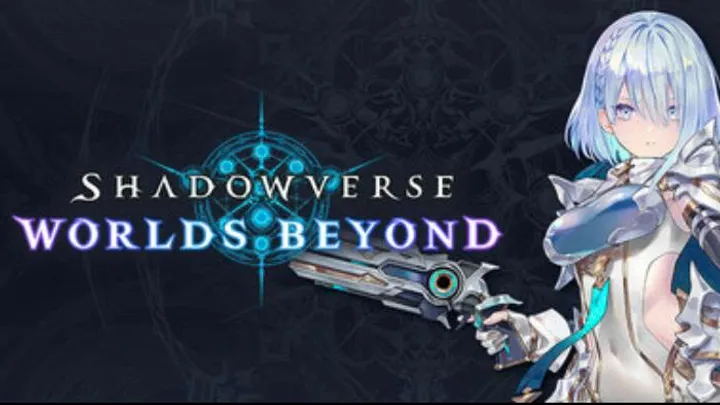Overwatch® 2 launched with the promise of revitalizing the hero-shooter genre, building on the legacy of its predecessor while pushing the boundaries of balance, fairness, and accessibility. However, one of the most contentious topics since its release has been the matchmaking and competitive ranking system.
From Bronze players facing Diamond opponents to team balance anomalies, players continue to voice their frustration across forums, streams, and social media. This article takes a chronological and thematic deep dive into the root causes, evolution, and long-term consequences of Overwatch® 2’s matchmaking issues, analyzing both developer intent and player experience.
The Origins of Overwatch Matchmaking Philosophy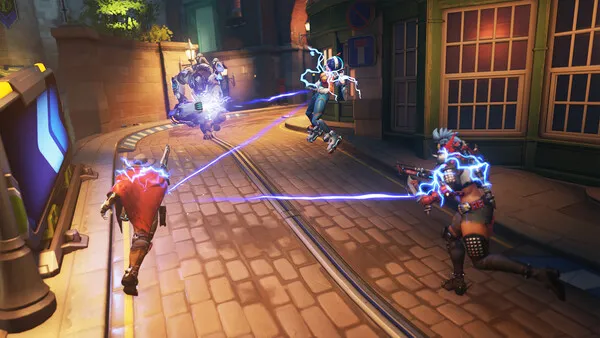
When Overwatch first released in 2016, Blizzard emphasized a matchmaking system centered on MMR (Matchmaking Rating), a hidden numerical value that determined player skill. Visible ranks, such as Bronze, Gold, and Master, served as a more digestible overlay for the broader player base. This distinction—between hidden MMR and displayed rank—was both a strength and a flaw. It allowed for nuanced player placement, but it also created confusion about why a player’s visible rank didn’t always reflect their in-game experience.
Overwatch® 2 inherited this DNA but complicated it with its switch to 5v5. By reducing team size, the impact of one individual player increased significantly. This shift magnified flaws in the matchmaking system, where skill discrepancies between players became more obvious and more damaging to the overall match balance.
The Transition to Overwatch® 2: A Shift in Competitive Structure
With the launch of Overwatch® 2, Blizzard altered the competitive structure. Instead of showing rank changes after every match, players had to wait until they won seven games or lost twenty to receive a rank update. This system was designed to reduce player frustration by avoiding “rank anxiety” after each loss. However, it unintentionally introduced opacity, leaving players confused about their progress and doubtful about whether the matchmaking system was working fairly.
Rank Update Anxiety vs. Rank Transparency
While some players enjoyed the less frequent rank changes, many felt the system was hiding crucial information. Without clear feedback, it was difficult to connect performance in individual matches with changes in rank. This lack of clarity deepened mistrust in the matchmaking algorithm.
The Problem of Wide Skill Gaps
One of the most pressing complaints from players is the prevalence of wide skill gaps within a single lobby. In competitive play, it is not uncommon for matches to feature Gold-ranked players alongside high-Diamond or even Masters-ranked players. These disparities occur because Blizzard prioritizes fast queue times over perfectly balanced lobbies.
Queue Time vs. Match Quality
Blizzard has publicly stated that longer queue times discourage players, particularly DPS mains. As a result, the system is often stretched to pair players of widely varying skill levels. The tradeoff favors accessibility, but it undermines the competitive integrity of ranked play.
Consequences of Skill Gaps
- Lower-ranked players feel powerless and demoralized when facing highly skilled opponents.
- Higher-ranked players feel frustrated carrying matches that depend disproportionately on their performance.
- Team coordination breaks down as expectations and abilities diverge widely.
Role Queue and the Tank Conundrum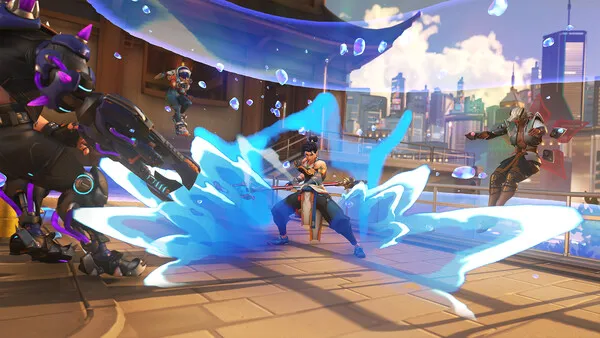
Another dimension of matchmaking imbalance lies in the Role Queue system, particularly for tanks. With the shift from 6v6 to 5v5, the importance of tanks skyrocketed. A single tank now anchors the entire team’s durability, frontline space, and tempo. Consequently, a mismatch between tanks of unequal skill levels can single-handedly decide a match’s outcome.
For example, if a team has a Grandmaster tank and the opposing team has a Gold tank, the match often becomes one-sided. Other roles—DPS and Support—can compensate to some extent, but the structural importance of tanks in Overwatch® 2 makes mismatches in this role disproportionately impactful.
The Hidden MMR vs. Visible Rank Debate
One of the most enduring controversies is the disconnect between hidden MMR and displayed rank. Players often find themselves confused when they are placed in matches with teammates and opponents whose ranks are far above or below their own. This is because the system is trying to reconcile hidden skill ratings with the slower-moving visible rank system.
The Psychological Fallout
When players see they are matched against someone several divisions higher, trust in the system erodes. This isn’t just a gameplay issue—it’s a psychological one. Rank, for many, is more than a number; it is a validation of skill, time, and effort.
The Issue of Smurfs and Alt Accounts
Smurfing—experienced players using low-level accounts to face weaker opponents—remains rampant in Overwatch® 2. The matchmaking system struggles to detect these accounts quickly, often requiring dozens of games before properly calibrating their MMR. This creates a toxic cycle where genuine lower-ranked players are repeatedly stomped by smurfs, further distorting match integrity.
Blizzard’s Attempts to Curb Smurfing
Features like phone number verification and faster MMR adjustments were introduced to combat smurfing. However, these efforts have met limited success, as determined players still find ways around safeguards, such as using burner phones or account-sharing.
Community Backlash and Public Perception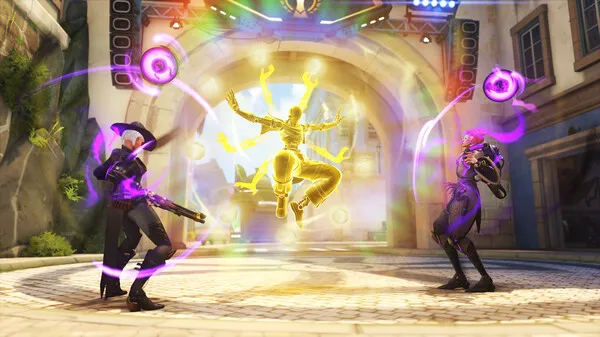
The Overwatch community has been vocal about matchmaking frustrations. Forums like Reddit and official Blizzard channels are filled with threads critiquing the system. Prominent streamers and professional players amplify these concerns, often showcasing glaringly unbalanced matches in real time.
Impact on Player Retention
Negative perceptions of matchmaking are not just noise—they directly affect player retention. A player who consistently feels mismatched is less likely to return, particularly in a competitive title where fairness is a core expectation.
Developer Communication and Transparency Issues
Blizzard has attempted to address matchmaking concerns through developer updates and blog posts. However, communication often comes across as reactive rather than proactive. Players feel that explanations for matchmaking mechanics are too technical, failing to bridge the gap between algorithmic theory and player experience.
The Trust Deficit
This lack of transparency has fostered a trust deficit. Even when developers outline their reasoning, many players remain skeptical, suspecting that matchmaking prioritizes engagement metrics over fairness.
Proposed Solutions and Community Suggestions
Numerous solutions have been suggested by the community, ranging from minor tweaks to radical overhauls. Some advocate for stricter matchmaking brackets, even at the cost of longer queues. Others propose visible MMR, allowing players to better understand the logic behind their matches.
Common Suggestions Include:
- Reintroducing visible SR adjustments after each match.
- Tightening MMR spread tolerances to reduce skill gaps.
- Enhanced smurf detection using behavioral data and AI models.
- Expanding communication from developers with real-time dashboards showing matchmaking metrics.
The Future of Matchmaking in Overwatch® 2
Looking forward, matchmaking remains both a challenge and an opportunity for Overwatch® 2. If Blizzard can refine the system to balance queue times with fairer lobbies, the competitive experience could regain trust and momentum. If not, the game risks alienating its core audience—the competitive community that sustains its esports ecosystem and long-term viability.
Ultimately, matchmaking is not just a technical system but the foundation of player trust. Without confidence in fairness, no amount of new heroes, maps, or cosmetics can maintain the competitive heart of Overwatch® 2.
Conclusion
The matchmaking and competitive ranking system in Overwatch® 2 highlights a central tension: the desire to balance fairness with accessibility. From its origins in Overwatch’s hidden MMR model to the present-day challenges of skill gaps, smurfing, and opaque rank updates, the system has struggled to satisfy both casual and competitive players.
Community frustration underscores the importance of developer transparency and thoughtful design. The future of Overwatch® 2’s competitive scene will depend on whether Blizzard can rebuild trust in its matchmaking foundation while evolving the system to meet the expectations of a modern competitive audience.
